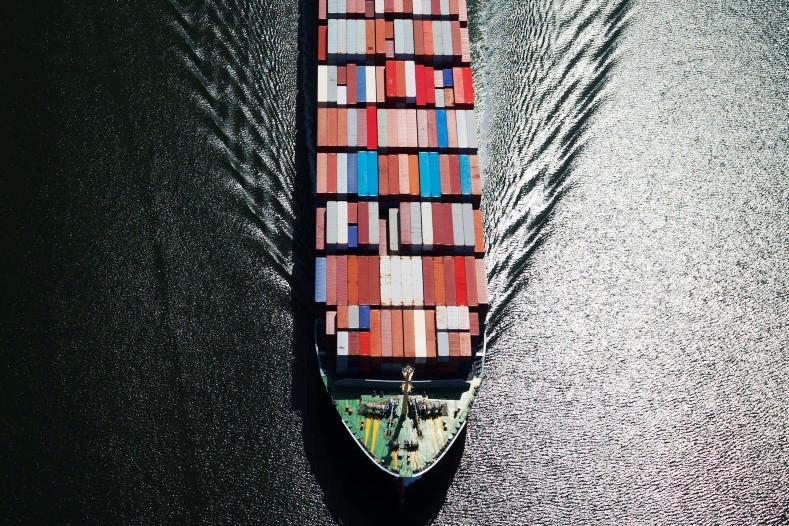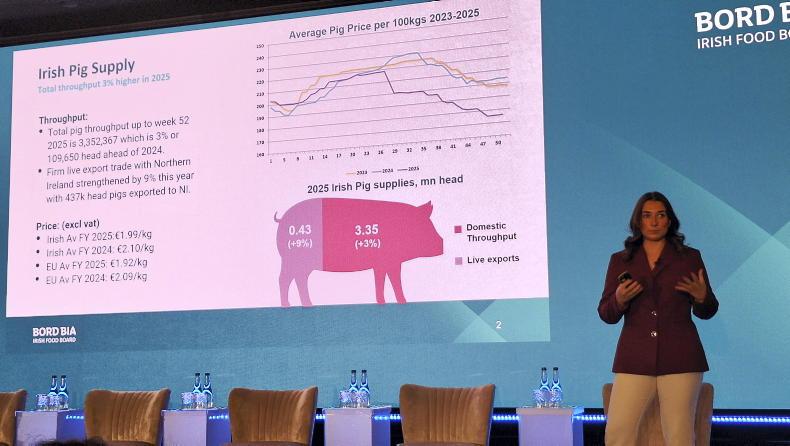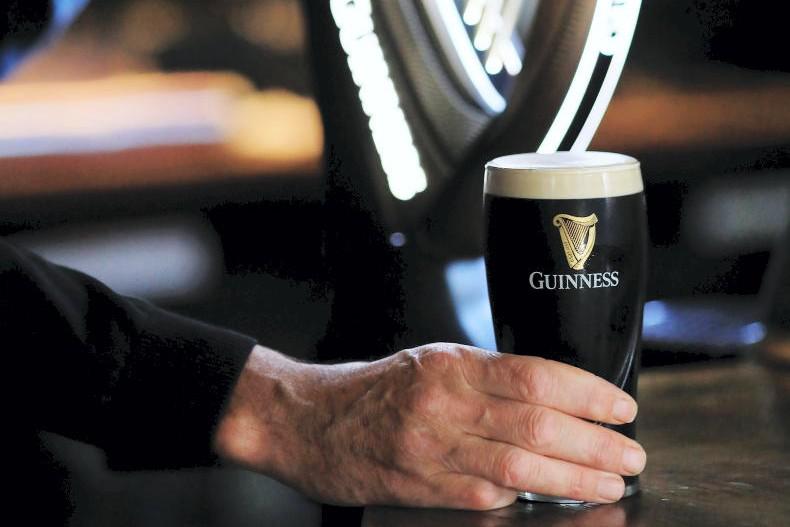The novelist Robert Harris is a great man for “what-if” books. Even if you aren’t a reader, you have probably seen a film version of one of his books. Fatherland was set in 1960s Europe where the Germans won the war, and The Ghost echoed Blair’s Britain. His most recent book, The Second Sleep, envisages a near-future where humanity has regressed to the pre-technological age, a second Dark Ages. It supposes that society might collapse if communication systems break down.
What has this got to do with the price of cattle or milk, I hear you ask. Well, we might be about to find out. Coronavirus may not threaten communications systems, but it is already curtailing the movement of people, and may soon cripple the global transportation of goods.
As an exporting nation, and an island, that could spell disaster in terms of the logistics of moving meat, grain, milk powder and dairy ingredients, and indeed live animals around Europe and the world.
This is not scaremongering. China, wit almost one-fifth of the world’s population, is a key market for the global food trade. It is now in effective lockdown, with nightly news bulletins showing people, under military supervision, queueing at supermarkets for essential purchases. That will have an immediate effect on consumption of and demand for food.
The next step is when restricted movement stops people travelling to and for work. Programmers and indeed logistics managers can work on their laptops in the safety of their own kitchens, but if drivers and loader operators are confined to barracks, stuff stops moving. When stuff stops moving, cashflow is quickly hit.
And then there is the consumption of food on the move and in social settings. Diageo has just issued a profit warning due to the inevitable disruption to its business from coronavirus.
It won’t be like the snow where people walk four miles for a pint. The cancellation of the Ireland-Italy rugby match may be the first high profile event to be pulled, but it won’t be the last.
The virus has spread to every continent (bar Antarctica), with over 80,000 confirmed cases, and 2,700 deaths. The first confirmed case in South America shows the difficulty of containing the virus.
I’m not saying that this is the end of days. It seems that infection numbers in Hubei, the Chinese province where the virus is believed to have originated, have stabilised. However, the next few months could be chaotic. And while this little island might keep the virus out, we might find it difficult to get our food to its destination.










SHARING OPTIONS